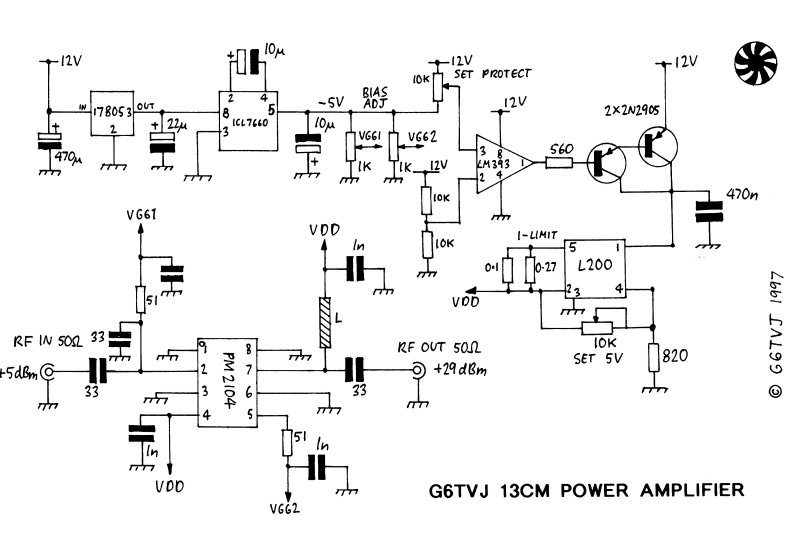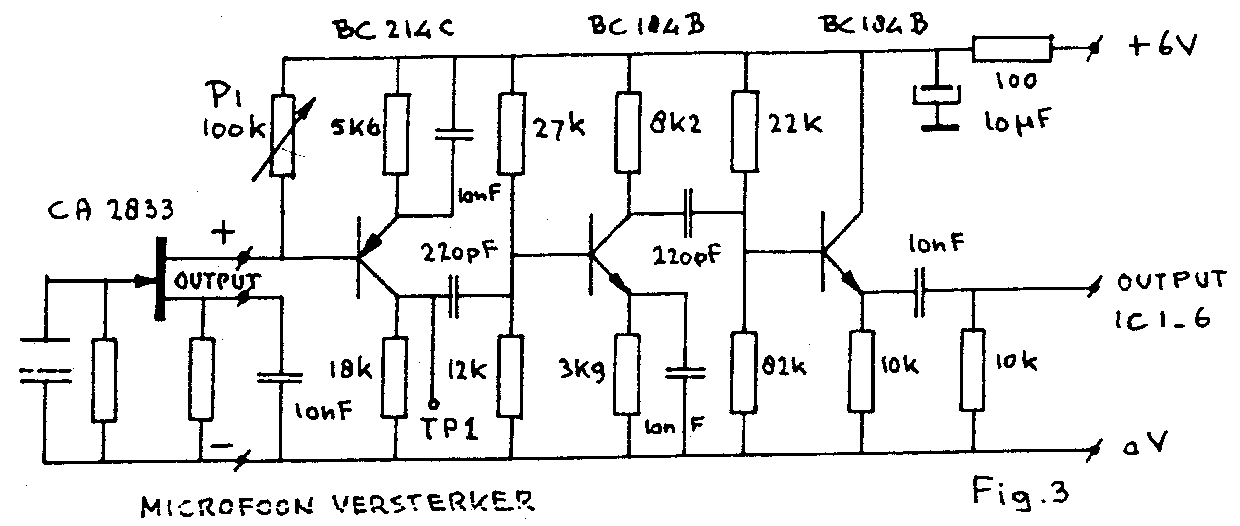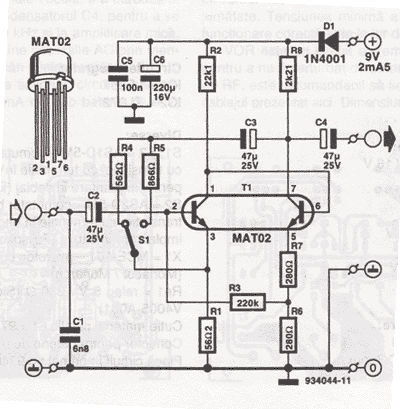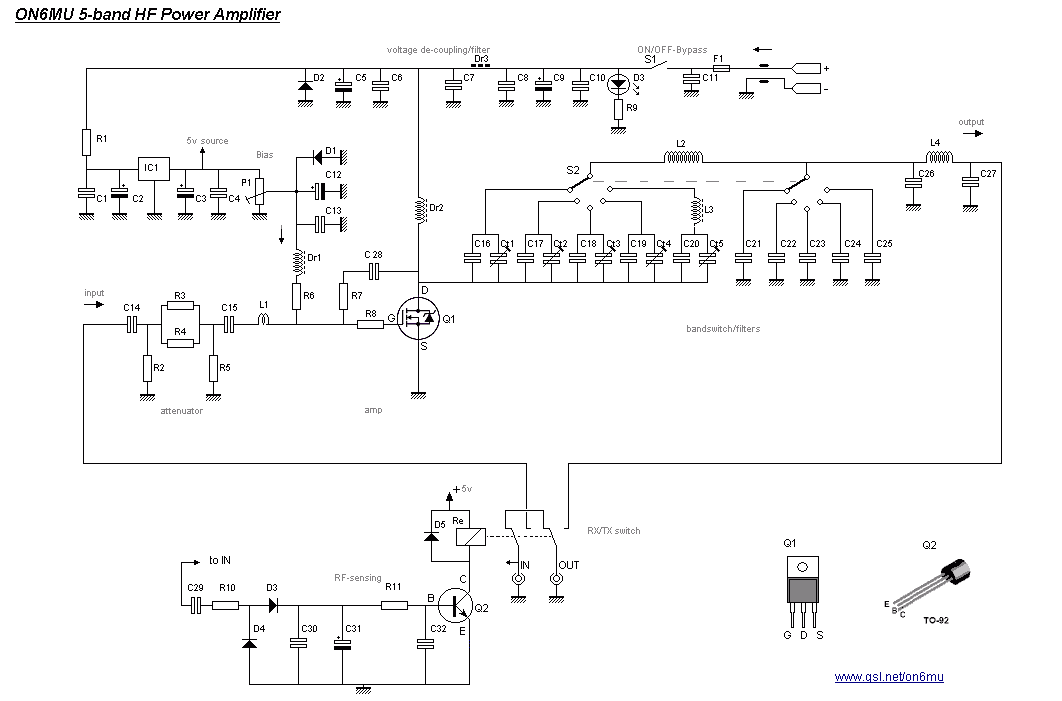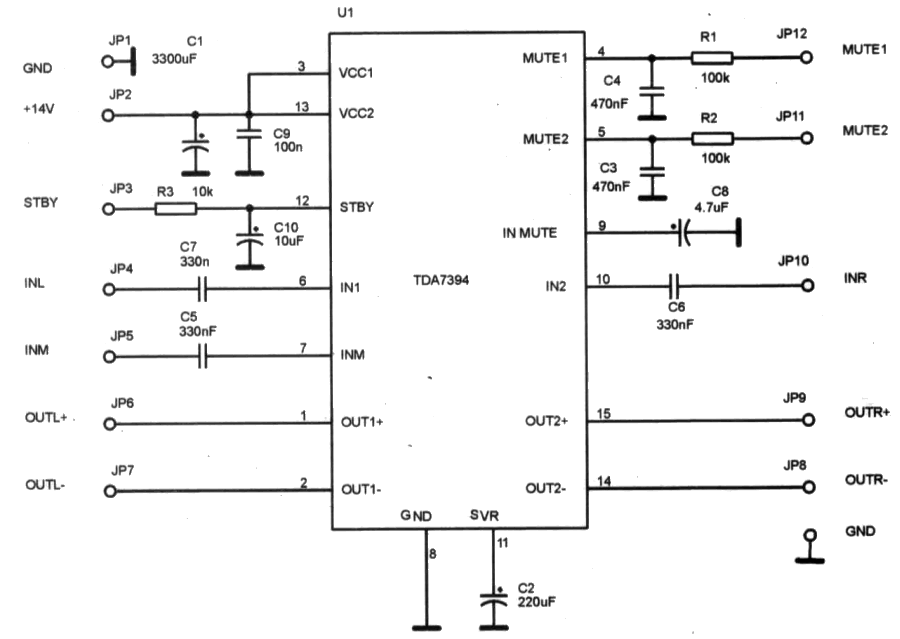
TDA8932B D Audio Amplifier
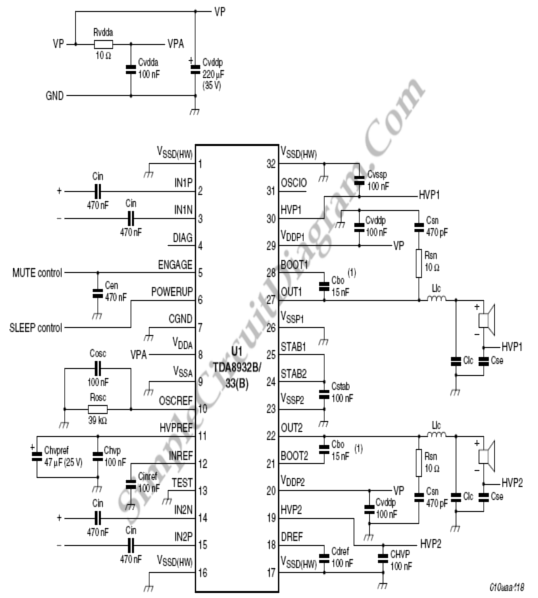
The following circuit diagram represents a simplified application circuit of the TDA8932B/33(B) device when operated from an asymmetrical (single) supply. To streamline the design for an asymmetrical supply in a single-ended (SE) configuration, the TDA8932B/33(B) incorporates three integrated half-supply voltage buffers. The first buffer is designated for the reference decoupling capacitor (Chvpref) connected to HVPREF (pin 11), while the remaining two buffers are utilized for the two AC-coupling capacitors (Cse) that are in series with the speaker.
The TDA8932B/33(B) is a powerful audio amplifier designed to operate efficiently under single-supply conditions, making it suitable for various applications where space and power conservation are critical. The integration of half-supply voltage buffers simplifies the circuit design by eliminating the need for external components to generate the necessary reference voltages, thus reducing the overall component count and enhancing reliability.
In this configuration, the first buffer connected to the reference decoupling capacitor (Chvpref) stabilizes the HVPREF pin, ensuring that the amplifier operates within its optimal range. This reference voltage is crucial for maintaining consistent performance and reducing noise in the audio output.
The two additional buffers serve to manage the AC-coupling capacitors (Cse), which are essential for blocking DC voltage while allowing AC audio signals to pass through to the speaker. By using these buffers, the circuit can effectively handle the audio signal without distortion, providing a clear and high-quality sound output. The careful arrangement of these components within the circuit diagram illustrates a well-structured approach to achieving efficient audio amplification in a compact design.
Overall, the TDA8932B/33(B) circuit exemplifies a modern solution for audio amplification, combining advanced integration with practical design considerations for single-supply applications.The following circuit diagram is a simplified application circuit of the TDA8932B/33(B) device when operated from an asymmetrical supply (single supply). Here`s the circuit diagram: To simplify the design for an asymmetrical supply in SE configuration, the TDA8932B/33(B) is equipped with three integrated half supply voltages buffers.
The first buf fer is for the reference decoupling capacitor (Chvpref) on HVPREF (pin 11) and the rest (two other buffers) are for the two AC-couple capacitors (Cse) in series with the speaker. [Source: NXP Application Note] 🔗 External reference
The TDA8932B/33(B) is a powerful audio amplifier designed to operate efficiently under single-supply conditions, making it suitable for various applications where space and power conservation are critical. The integration of half-supply voltage buffers simplifies the circuit design by eliminating the need for external components to generate the necessary reference voltages, thus reducing the overall component count and enhancing reliability.
In this configuration, the first buffer connected to the reference decoupling capacitor (Chvpref) stabilizes the HVPREF pin, ensuring that the amplifier operates within its optimal range. This reference voltage is crucial for maintaining consistent performance and reducing noise in the audio output.
The two additional buffers serve to manage the AC-coupling capacitors (Cse), which are essential for blocking DC voltage while allowing AC audio signals to pass through to the speaker. By using these buffers, the circuit can effectively handle the audio signal without distortion, providing a clear and high-quality sound output. The careful arrangement of these components within the circuit diagram illustrates a well-structured approach to achieving efficient audio amplification in a compact design.
Overall, the TDA8932B/33(B) circuit exemplifies a modern solution for audio amplification, combining advanced integration with practical design considerations for single-supply applications.The following circuit diagram is a simplified application circuit of the TDA8932B/33(B) device when operated from an asymmetrical supply (single supply). Here`s the circuit diagram: To simplify the design for an asymmetrical supply in SE configuration, the TDA8932B/33(B) is equipped with three integrated half supply voltages buffers.
The first buf fer is for the reference decoupling capacitor (Chvpref) on HVPREF (pin 11) and the rest (two other buffers) are for the two AC-couple capacitors (Cse) in series with the speaker. [Source: NXP Application Note] 🔗 External reference
